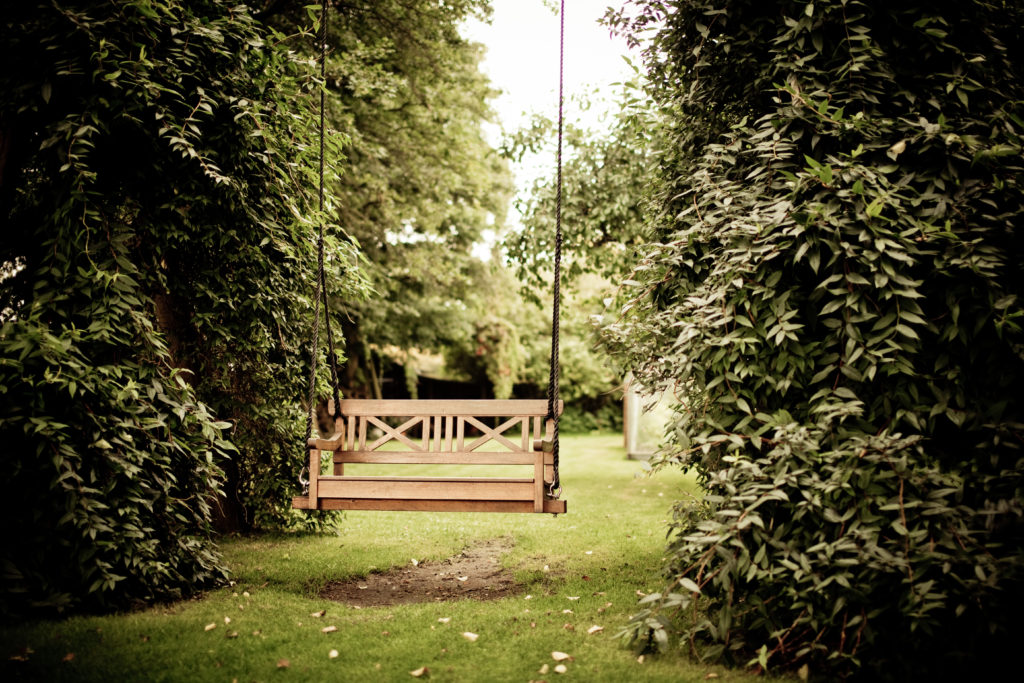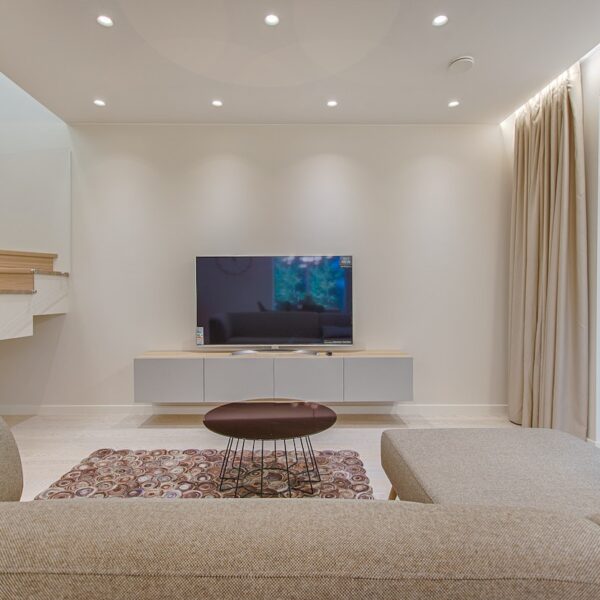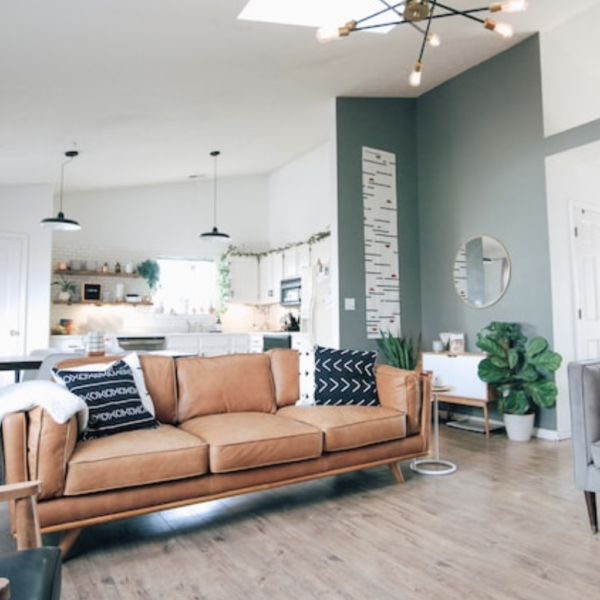How To Make Your Garden Practical
When you’re designing your garden, start by setting some goals. How do you want to use your outdoor space? Do you want to use it all year round? What do you want to do in it?
Respect Shapes, Styles And Landscapes
This sounds simple but isn’t always obvious. If you love nature, it can be easy to get carried away and overload your garden with too much. The risk of doing this is that the end result will end up looking cluttered and overwhelmed. If you don’t know where to start, remember that design should respect forms, styles, proportions, and landscape. Start with the surrounding environment and your house for your first ideas. A good way to find the right balance is by carefully micing natural and furnishing elements.
To respect the original landscaping of your garden and avoid cluttering, you may need a few trees to be removed. It is best to use a tree surgeon for this as they will be able to take them down without damaging the rest of your garden. Tree surgeons are also experts in stump removal. If you have unsightly stumps from previous tree felling, they can quickly and easily get rid of them for you.
Looks Aren’t Everything
Balance and harmony are important, but remember that appearance isn’t everything. Of course, you want your garden to be nice to look at, but it also needs to be practical and useable. Your goal is to understand what you plan to do with your outdoor space. While you’re planning, you should think about how you’re going to move around the space, how to make the most of the space you have, how you are going to light the area, how you will arrange outdoor furnishings, where you will plant things, and where you might need cover. Allow for practical things, like a shed for storage, and a flyover carport for your car.
The Choice Of Flowers And Plants
You can’t design a beautiful and practical garden without taking into account the plants and flowers. Whether you want climbing plants for gazebos, evergreens, or flowers, you need to take into account some variables.
Think about exposure. How many hours of sunlight does your garden get? When does it get the light? How much space do you have? Do you have a lot of land for plants with deep roots? Would you rather have a flower bed or trees to filter the sun? Don’t forget flowering periods. Your garden doesn’t have to flower in only spring and summer. Some species are at their most beautiful in autumn and winter, so think about both the aesthetic and your needs. Have some fun playing with different combinations of plants.
Consider the climate. Most plants are pretty adaptable, but they aren’t all the same. Think about their well-being and the practicality of your garden. To make your garden feel harmonious, the natural elements need to be in good health, so it is useful to choose the best plants for the climate you’re dealing with.
To this list of considerations, you should also add an honest assessment of how good you are at caring for plants when choosing your more or less hardy plants. Think about how much time you have to spend on the garden. With these things taken into account, you can create a garden that is both beautiful and practical, that you can actually take care of and that will flourish.





